Big heart, big smile, big pop ... Sixties Sharp
A selection of Martin
Sharp’s psychedelic posters and published artworks 1962 – 1970
Martin Sharp (1942-2013) was one of the most significant artists of the Sixties, with his iconic psychedelic posters and album covers gracing the walls and record collections of anyone who claimed to be ‘cool’. Through his visually stunning Big O posters featuring musicians such as Donovan, Jimi Hendrix and Bob Dylan, the design of record covers for rock supergroup Cream, and art and design work for the Australian and English editions of OZ magazine and various book publications, Sharp provided the young generation with a unique collection of psychedelic pop art and images which reflected the times and inspired. They referenced the Dada and Surrealist artists of the 1920s and 1930s, including Georgio de Chirico, Max Ernst and Rene Magritte, along with Impressionists of the late nineteenth century such as Vincent van Gogh. Sharp was an avid student of the history of art, and his mix of surrealism with modern pop and psychedelia produced a unique art for the period. The origins of his work lay in experiences gained during the late fifities and early sixties in Australia as a cartoonist and graphic designer for publications such as University of Sydney student newspaper Honi Soit and OZ magazine (Australia), along with book illustrations including Craig McGregor’s People, Politics and Pop – Australia in the Sixties (1966). He subsequently flourished as an artist during his residence in London between 1966-8, whilst working on the London edition of OZ and with the Big O Posters company for a series of spectacular 20 x 30 inch posters. Sharp’s art was colourful, visceral, intense, informative, critical and above all modern. It was an integral part of the cultural revolution of the time - as much an historic record as the personal expression of a gifted artist. Sex, drugs and rock n’ roll feature prominently. When we look back to the art of the Sixties, and especially Pop Art and psychedelia, almost invariably Martin Sharp is mentioned, though usually not in the same league as gallery-stalwarts Andy Warhol or Roy Lichtenstein. The reason for this omission, and for Sharp’s ongoing relegation in status and neglect, is due to the very fact that he engaged in a popularist, anti-establishment brand of art. Posters, record covers, magazine illustrations, shop fronts, movie set design and the like – this was not high art or the output of a traditional artist, producing works in oil and watercolour for exhibition and institutional purchase. The fact is, some of the finest examples of Sharp's art from the Sixties exists only in ephemeral magazines and cheap paperback books. There are often no gallery equivalents. It could be said – and has been said on a number of occasions – that Sharp has been poorly treated by the art establishment. This is true, but it is not necessarily the fault of that establishment. It is more the nature of the artist's output which has been the inhibiting factor and his own desire to shy away from the traditional path and set a unique course.
Martin Sharp, OZ magazine, London, issue 15, cover art featuring Hokusai's Great Wave, Picasso's horse head, Magritte's skulled female figure, an India elephant idol, an early cinema film strip and Max Ernst's defining surrealist work The Fireside Angel, along with pop singer Mick Jagger.
In coming to the psychedelic art of Martin Sharp, this author has taken note of two things: 1) the lack of any published comprehensive listings, catalogue raisonne or even substantial body of discussion of his work, apart from the worthy but illustration-free academic article by Anthea Gunn (2010) and a couple of brief gallery catalogues. This glaring omission is despite the quality and quantity of his work, and it's international and ongoing significance. The following listing is a mere selection of posters and published artworks by Sharp produced between 1965 and 1970. They are exemplary examples of Pop Art, psychedelia and Sharp's own unique style, as it evolved. They also point to, and in part evidence, the transformation of his art into the carnivalistic style exhibited so prominently during the 1970s and 1980s when his association with Sydney's Luna Park, the musician Tiny Tim, and the Nimrod theatre company were at the forefront of his endeavours. The works from the 1960s are noted for bold, dynamic fonts, fluid forms, use of collage and bright, flourescent colour and an erratic, even crazed complexity. Sharp’s art, mixed with elements of Surrealism and evidencing the use of hallucinogenic drugs such as LSD, provides us with a unique set of images which were not only part of a general movement, but also extremely influential in the progression of Pop Art, if we wish to apply such a label. The work of American artist and comedian Terry Gilliam in association with Monty Python’s Flying Circus television series and movies owes much to Sharp’s work in the years 1964-68. Sharp's Seven minutes to four oil painting of 1965 (reproduced above) is Pythonesque in the extreme and its derivation is, at least to this author, at the present time inexplicable.
Date
|
Image
|
Description
|
1962
|
Art Students Ball
Martin Sharp, Art Students Ball - Moulin Rouge, 2 colour poster, screenprint, Sydney, 1962. Printed to promote the 11 July 1962 ball held at the Trocadero club, Sydney, for the East Sydney Technical College (National Art School) art students. This was the first poster produced by Martin Sharp. The image was also partially reproduced in the student newspaper The Arty Wild Oat. It features a black ink drawing of invalid French artist Toulouse Latrec at an easel.
| |
1963 - 1969
|
OZ Magazine (Australia)
Richard
Neville, Martin Sharp and Richard Walsh set up OZ magazine in Sydney in 1963 and it ran
through to 1969. Sharp was heavily involved in its graphic design prior
to his departure for England in 1966 with Neville. His art was also used in subsequent editions.
OZ. Guide To The Underworld, 1964 Screenprint, signed and dated "'64" in ink below image, annotated and signed with Hogarth Poster Show exhibition date "6.1.81" in ink on frame front and verso, 53.5 x 38cm. Sold by Josef Lebovic Gallery. This is a framed poster from Sharp's own collection, promoting OZ magazine. The poster features the well-known cartoon detective Dick Tracy with his then-novel wrist phone. | |
1965
|
First No Pinky
Martin Sharp, First No Pinky, University of Sydney Review, Union Theatre, Camperdown, 30 April 1965, 16p. Martin Sharp was the designer for the production of First No Pinky and had input into this promotional brochure produced for the review.
An article in the 'Teenages' Weekly' section of the Australian Woman's Weekly, 28 April 1965, entitled 'Smiles-on-sticks - just for a giggle' reports on the First No Pinky review and reproduces some of Sharp's artwork.Sharp made use of this distinctive mouth imagery throughout the Sixties, both in Australia and London.
| |
1966
|
Cartoons
Martin Sharp, Martin
Sharp Cartoons: a selection from
OZ, The Australian, The Sydney Morning Herald, Honi Soit, Tharunka, etc.,
Scripts, Sydney, 1966.The toothy smile and disembodied eyes are surreal elements which feature
throughout Sharp's work during the Sixties. See, for example, the Wheels
of Fire LP cover (1968) and the dust jacket for Richard Neville's book
of 1970 Play Power.
| |
1966
|
People,
Politics and Pop
Book cover in
black and red ink on laminated cardboard, plus internal art in black ink, in
Craig McGregor, People, Politics and
Pop: Australia in the Sixties, Ure Smith, Sydney, 1966, 222p. Sharp’s art
is contained throughout the book in thirteen full page and double-page drawings. They were
compiled just prior to his departure for London via the Middle East with
Richard Neville. Works in black ink and photographic collage by
Sharp include the following, each of which relate to a specific chapter in the book:
The Love Goddesses
Wahroonga Lady and her Naked Lunch – a North Shore
line – Eat Me!
Stripper and audience
Edna Everidge
Suburbia
Batman
We’d love to turn you on (The Beatles)
3 Gaoled – Filthy Paper
Midget (Farrelly)
Peter, Paul and Mary
Bobby Dylan
Pop Man
Private School
|
|
1967
|
Pop - A Novelty
Book cover in black ink plus internal
art, in Peter Draffin, Pop – A Novelty,
Scripts, London and Melbourne, 1967, 115p. Sharp’s art is contained
throughout this work of semi-autobiographical fiction by Draffin, in over 30 individual ink drawings relating directly to the text. Released around 8 August 1967, it sold for $1.25. An original ink drawing (25.3 x 30.6 cm) of the cover was sold by the Josef Lebovic Gallery, Sydney, 2011.
|
|
1967 - 1969
|
|
OZ
Magazine (London)
Sharp’s art appears prominently throughout the early
editions of the London OZ Magazine,
from January 1967 (#1) through to July 1969 (#22), in the form of front and
rear cover art, large foldout posters, full page collage, cartoon
strips, miscellaneous design elements and promotional posters and
advertisements. A number of advertisements for his work with Big O Posters
are also featured in the magazine. Some of the more significant works by him are listed
here.
#1 January 1967
Smiling Lips – cover
Peace on Earth - Madonna of the Napalm – poster
London OZ is a new magazine – advertising poster, 20
x 30 inches
#2 March 1967
Laughing Mouth – cover
Toad of Whitehall – poster
Direct from Nirvana Frisco Speaks - cartoon
#3 March/April 1967
Mona Lisa – cover
What beautiful eyes she has – poster
Revlon invents wet lipstick – rear of poster
Collage – rear cover
#4 May 1967
Norman Normal – cartoon strip
Welcome Sir Frisco – text and graphic
The truth about the great Alf conspiracy – rear of
poster
OZ Number Four – advertising poster, 20 x 30 inches
(two versions seen – one with text, and another without)
#5 June 1967
Surprise Issue – cover
Plant a flower child – poster
The truth about the great Alf conspiracy – rear of
poster. The poster appears in two versions - yellow and pink.
#6 June 1967
Other Scenes - cover
#7 October / November 1967
Bob Dylan – cover
#8 January 1968
The circus is in town – graphics
#9 February 1968
Flying Saucer – cover
If I could turn you on – graphics
Flying saucer review ad - graphics
#10 March 1968
Cartoons
#11 March 1968
Yes – cover
Ringo - graphic
#12 May 1968
Cover
Hippy Girl - centrefold
#13 June 1968
Legalise Pot Rally – graphic
Legalise Pot Rally - poster
#14 August 1968
Cartoon
#15 October 1968
Hokusai Great Wave and Mick Jagger – front and rear
cover
Cartoons
Graphic / collage
#16 November 1968
The Magic Theatre issue – front and rear cover and
graphics throughout
#19 March 1969
There was movement at the station - graphic
#21 May 1969
The Magic Theatre - montage
#22 July 1969
Smiling Moon and Mickey Mouse - cover
|
1967
|
Legalise Cannabis
BO1, Big O Posters
Ltd., London, July 1967, 76 x 50.8 cm. Two colour offset lithograph printed in red
and black on gold metallic foil reflective paper. Printed in lower
margin at left ‘BO1 Cannabis by Martin Sharp. Published by Big O Posters
Ltd., 219 Eversleigh Rd, London, SW11 5UY, 01228 3392. Printed in England’.
Inscription on poster: 'Legalise Cannabis. The putting together of the heads.
2 pm on Sunday July 16 at Speakers Corner, Hyde Park. Stone Free. Strawberry
Fields'. Poster for rally on Sunday, 16 July 1967 at Hyde Park, London.
Original OZ magazine advertisement lists ‘BO1 Cannabis 9/6d.’
|
|
1967
|
Sex!
BO2, Big O Poster
Ltd., London, 1967. 76.0 x 50.2 cm. Three colour offset lithograph printed in
black, pink and blue on silver metallic foiled reflective paper. 'A.B.'
printed in image at lower right. Printed lower right ‘Sex by Martin Sharp and
King Kong. Published by Big O Posters Ltd., 219 Eversleigh Rd, London, SW11
5UY, 01228 3392. Printed in England’. Original OZ magazine advertisement
lists ‘BO2 Sex 7/6d.’ A blacklight version is also known, with dark blue ink and no imprint.
|
|
1967
|
Blowing in the Mind - Mister Tambourine Man
BOP! Big O Posters
Ltd., London, 1967, 75.7 x 50.4 cm.
Silkscreen print in red and black on silver metallic foil reflective paper.
Title: 'Mister Tambourine Man. Blowing in the mind'. Image inscribed with
text including song lyrics. Original OZ magazine advertisement lists ‘BOP!
Bob Dylan 9/6d.’ A variant in purple and black on foil is also known, based on the original colouring intended for the poster. This image originally appeared on the cover of the seventh issue
of the satirical journal OZ, printed in black and yellow ink on paper, with
additional OZ-related text andno Dylan profile figure in the lower centre. Sharp later expressed concern over the fact that the poster could be read as Mister Urine Man, though it was never reworked by him.
|
|
1967
|
Roundhouse
UFO....
Osiris Agency
Ltd., London, 1967, 50.5 x 75.5 cm. Silkscreen print using multiple colours. Title
reads 'Roundhouse U.F.O. Sept 22. Dantalians Chariot with Zoot Money and His
Light Show. The Social Deviants. The Exploding Galax[y]. 29th Sept. Jeff
Beck. Ten Years After. Mark Boyles New Sensual Laboratory and Contessa
Veronica'. Printed at lower right ‘Printed by TSR/OA120/Copyright 1967.
Osiris Agency Ltd, 90 Westbourne Terrace, W2’. Poster produced for two nights
of the UFO festival at the Roundhouse, London, c on 22 and 29 September 1967.
|
|
1967
|
Live
Give Love
BO4, Live Give Love by Martin Sharp and Michelangelo, Big O Posters
Ltd., London, 1967, 20 x 30 inches. Screenprint in black ink on silver metallic
foil reflective paper. Design by Martin Sharp incorporating part of Michelangelo’s
work in the Sistine Chapel, Rome. This poster appeared not to have been printed and made available for sale until 1968. The original poster was reprinted by
the Victorian & Albert Museum, London, during the 1990s. A backlit variant on light blue-grey paper in red ink for
projection via light box is also known. It is simply annotated 'Big O Posters' with no attribution to Sharp or Michelangelo.
|
|
1967
|
Max
- the Birdman - Ernst
BOP6, Big O
Posters Ltd., London, 1967, 20 x 31 inches / 51 x 79 cm. Printed by PSR for Big
O Posters. Lithograph and silkscreen print in blue, pink and black on silver metallic
foil reflective paper. A homage to the artist Max Ernst. Original OZ magazine advertisement lists ‘BOP6 Max Ernst 9/6d.’
|
|
1967
|
Sunshine
Superman
BOP7, Big O Posters
Ltd., London, 1967, 76.1 c 50.6 cm. Silkscreen print in blue and black on
silver metallic reflective foil paper. Signed ‘MARTIN SHARP.’ -
printed in image at lower right. Original OZ magazine advertisement lists
‘BOP7 Donovan 9/6d.’ An early version with red ripples running through the blue central section is also known, as are variants on paper.
|
|
1967
|
Disraeli
Gears
Reaction / Atco /
Polydor Records, London, November 1967. Multicoloured offset print on
laminated cardboard, album cover front and rear for 12 inch LP record. Artwork
by Sharp, including photography by Bob Whitaker. Sharp attempted to capture
Cream’s “warm fluorescent sound” with the cover. The cover art was also used
for the Cream CD compilation box Those Were the Days (1997). The original album also featured the song Tales of Brave Ulysses, written by Sharp and Clapton.
The imagery from this album cover has been reused on a number of occasions, including for the Cream CD box set release. It also features in a poster produced for an exhibition of Martin Sharp works at the National Gallery of Victoria in 2011. In this latter instance the Cream cover is combined with elements of the Bob Dylan Blowing in the Mind poster. |
|
1968
|
|
Love Me This Year
Advertised for sale for 7/6d (£2.2. posted) in OZ magazine number 10, March 1968. Produced by Splash Posters, catalogue number A130, size 20 x 30 inches. The OZ advertisement included a comment by Phillipe Mora and noted that copies were available signed, dated and numbered by Sharp. However in 2015 Mora suggested that the poster advertisement was a fraud and he had no knowledge of it. No extant copies are known. The poster was also sold through Big O Posters outlets and advertised by them during 1968 in OZ magazine number 13, June 1968. The existence of the poster is yet to be confirmed beyond the references cited above.
|
1968
|
Hendrix erroneously portrayed as right-handed. This is a copy painted on mylar from 1971, viewed from the reverse side.
Original photograph by Linda Eastman, 1967. Also issued as a poster.
|
Jimi
Hendrix
Big O Posters
Ltd., London, 1967. Withdrawn and reprinted 1968. Printed at lower left ‘Published by Big O Posters Ltd.,
219 Eversleigh Road London SW11 5UY 01-228-3392'. Printed at lower right
'Printed in England. Colour process lithograph. Based on an original photograph of Hendrix at a New York concert by Linda Eastman (McCartney). Note that Hendrix is
portrayed in this original print as a right handed guitarist, when he was
actually left-handed. Sharp later produced a reprint in which the guitarist
is portrayed correctly i.e. left handed and this version appeared under the label 'The Electric Circus' in an edition of Oz magazine number 17 from 1967. This second, corrected version in the best known and was subject to a number of reprinted.
During his latter years Martin Sharp also worked on a large version of the original Hendrix poster in oil and acrylic paint, this time with the correct perspective. This later, third version was also printed as a poster.
|
1968
|
Vincent
BOP8. Big O
Posters Ltd., London, 1968, 73.4 x 49.2 cm. Colour offset lithograph, Signed
‘SHARP.’ - printed in image at lower right. Title continues '...I have a
terrible lucidity at moments, when nature is so glorious in those days I am
hardly concious [i.e. conscious] of myself and the picture comes to me like
in a dream…' Original OZ Magazine advertisement lists ‘BOP8 Vincent 9/6d.’ This poster was reprinted in brighter yellow colours, as indicated at left.
|
|
1968
|
Legalise Pot 1968 Rally
Martin Sharp and John Hurford. Show Your Head,
Support Release, Legalise Pot Rally July 7th Speaker's Corner Hyde Park, blacklight poster, offset lithograph in yellow, lilac, red and orange or purple on vellum or paper, 20 x 30 inches. Signed by Hurford, OZ, London, printed by The Word. Poster for an OZ magazine-sponsored Legalise Cannabis rally at Speakers’ Corner, Hyde Park, London, on
8 July 1968. The image is a copy of the one originally published in OZ magazine number
13 of June 1968 and partially reproduced on the front cover. It follows on Sharp's Big O poster of the previous year for the Legalise Cannabis rally. The lettering in the lower left is also known in Dayglo orange.
|
|
1968
|
|
Cream
- Wheels of Fire
Atco / Polydor
Records, London, August 1968. Gatefold album cover, 2 x 12 inch LP. Black ink
on silver metallic background for front and rear covers, plus multicolour
internal gatefold with descriptive text in boxes. For international markets,
two single LPs or the double LP were issued, with descriptive text on the front and rear
covers. For example, the Australian edition included black ink on silver metallic background (Live at the Fillmore) and
black ink on gold metallic background (In the Studio). Front and rear silver
covers and gate fold section for the original release illustrated. For the
original British release by Polydor, both the gatefold version and two
separate covers were issued, with the Wheels of Fire images in reverse colour.
The Politics of Ecstasy - Abraxas Multicoloured illustration for cover of Timothy Leary, The Politics of Ecstasy, G.P. Putnams Sons, New York, 1968, 371p. The Paladin, London edition of 1970 features a cover by Martin Sharp, with design elements similar to the inner sleeve of the Wheels of Fire double album. The original painting, entitled Abraxas, was painted on thick mylar and exhibited in the Yellow House during the early 1970s. A poster print was made during the 2000s by Roger Foley. |
1968
|
The Sweet Shop
For the OZ magazine issue number 15 of September 1968, Martin Sharp produced an image which is a lesson in art history. One element was a series of moving figures jumping, based on an early strip of film from the late 1890s.
A variant of this element of the cover featured in the design Sharp applied to the shopfront of The Sweet Shop in London during 1968, a clothing and design shop operated by Laura Jamieson. | |
1968
|
Cream
Big O Posters
Ltd., London, 1968, 78.8 x 52.2 cm. Mulitcoloured offset lithograph, Signed
‘S’ - printed in image at lower centre.
| |
1969
|
Oz Magazine (Australia)
March 1969 - Oz –
The Last Issue – cover by Martin Sharp.
|
|
1969
|
We are them ... they are us ...Moratorium!
Lithograph, black ink on paper, 43.3 x 55.3 cm. Printed in margin below image ‘Authorised by G. Morrison, Arts Vietnam
Committee, 40 Heeley Street, Paddington' and 'Printed by Comment
Publishing Company, 22 Steam Mill Street, Sydney'. Copy at Mitchell Library, Sydney, ML1439. Image on the left is from a photograph taken by Rennie Ellis when the poster was exhibited at Martin Sharp's Yellow House exhibition in 1971.
|
|
1969
|
|
Spurt (Man
on the Moon)
Big O Poster Ltd.,
London, circa 1969, 20 x 20 inches. According to Ellis D. Fogg, who sold this
poster on eBay in June 2013, it is a celebration of the first landing of men
on the moon in July 1969. See also the ‘Smiling Moon and Mickey Mouse’ cover
of Oz Magazine number 22 of July
1969.
|
1969
|
Fancy our Meeting / Mick 'n 'Vince
Big O Poster Ltd.,
London, circa 1969, 20 x 30 inches (47 x 72 cm). A version of this image, with the label Eternity included, is also known, as is the infamous version in OZ magazine with the words "Acid is good" added, much to the chagrin of the artist. The blue character next to Mickey Mouse is based on Vincent Van Gogh and was a recurrent theme. Poster reproduced in Art in the Making, Art Gallery of NSW, 1979, p.19. It was also included in the penultimate OZ magazine, number 47, April 1973, for sale for 55p.
|
|
1970
|
Play
Power
Cover illustration as dustjacket in
black, red and yellow on paper for the book by Richard Neville, Play Power, Jonathan Cape, London,
1970, 221p. The design harks back to the cover to Pop (1966) and the album
cover Wheels of Fire (1968), whilst also include motifs which would appear in
Sharp’s subsequent work, such as the erect penis, big red toothy smile and
large heart. The Pop, hand rendered fonts remain.
|
|
1970
|
Ginger Baker's Airforce
Concert poster - Original 1st printing 19&7/8 x
29&7/8" concert poster for Ginger Baker's Airforce appearing with
Skin Alley and Salamander at Clouds in Derby, England on 12/15/1970. Art
by Martin Sharp.
|
References
Gunn, Anthea, A-changin' times: the art of Martin Sharp in the 60s, Journal of Australian Studies, 34(2), June 2010, 179-93.
Poyner, Rick, Martin Sharp: From Satire to Psychedelia, Observatory: Design and Visual Culture [blog], 12 December 2013. Accessed 26 January 2014. URL: http://observatory.designobserver.com/feature/martin-sharp-from-satire-to-psychedelia/38242/.
The Everlasting World of Martin Sharp: Paintings from 1948 to today, Ivan Dougherty Gallery, Sydney, 2006.
Walding, Murray and Vukovic, Nick, Plastered: The Poster Art of Australian Popular Music, The Miegunyah Press, Carlton, 2005.
Michael Organ
Last updated: 8 August 2021












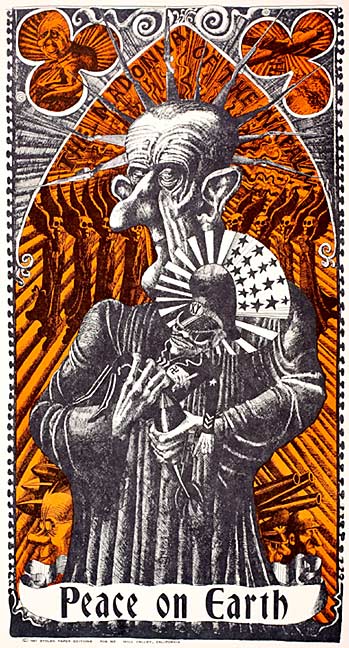

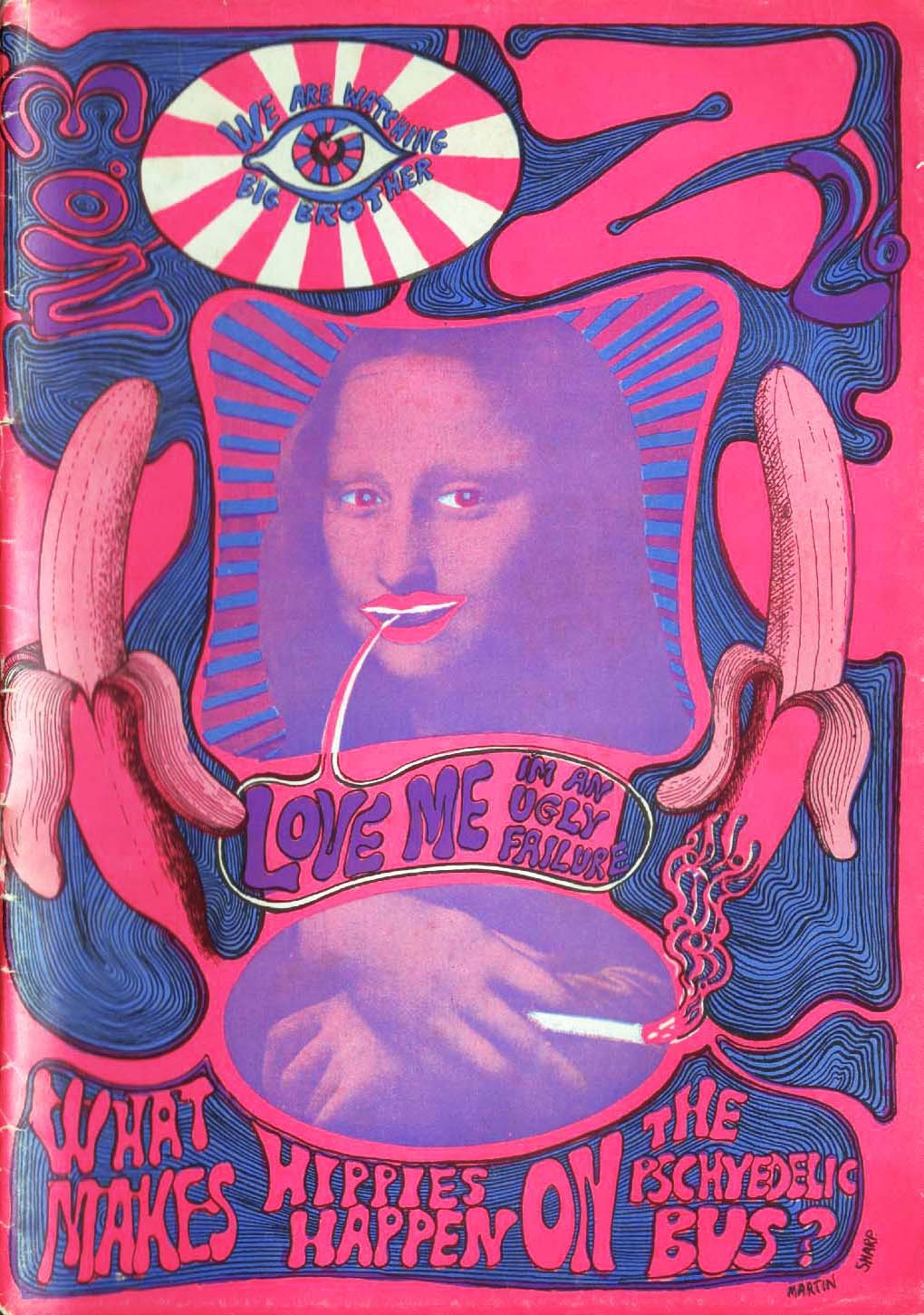

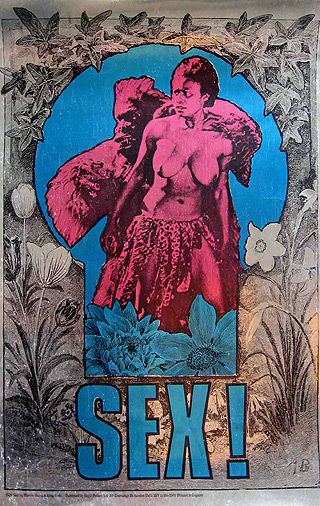





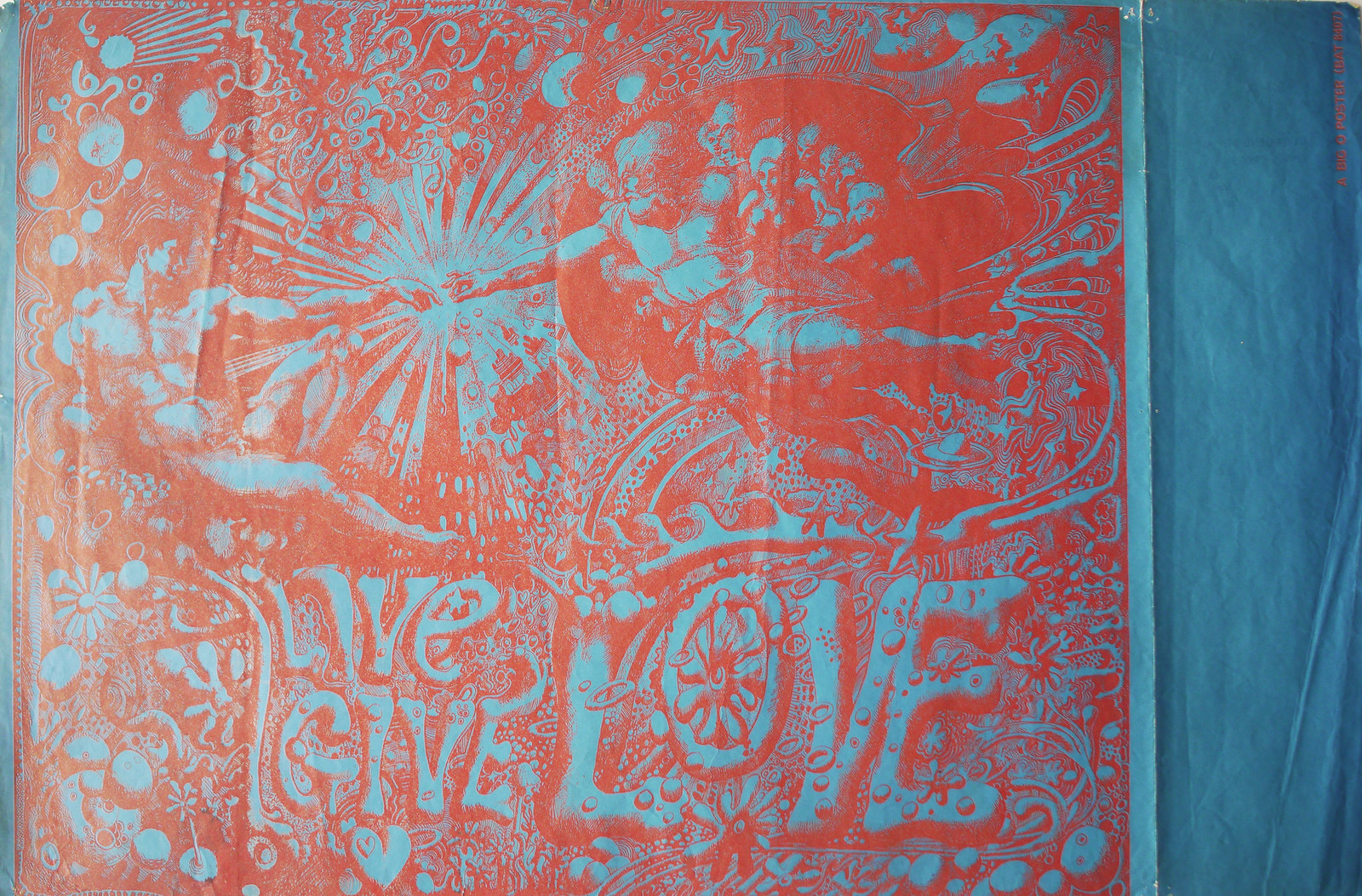






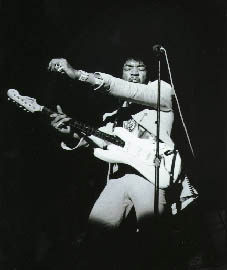








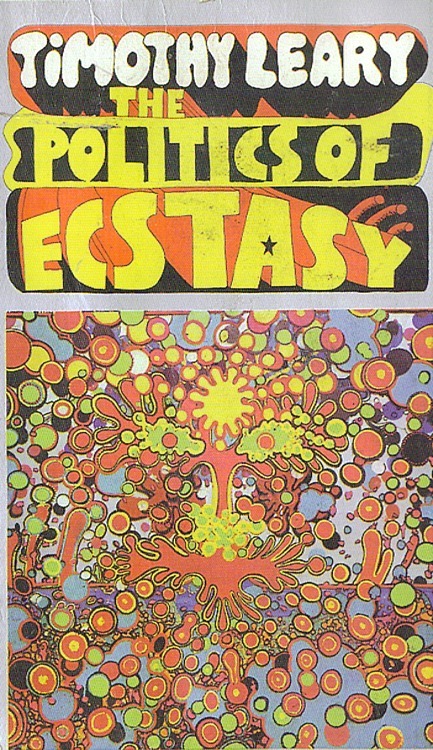
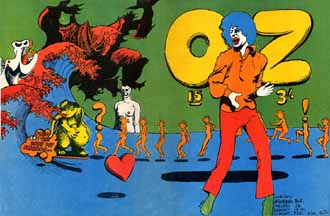
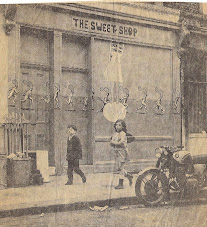





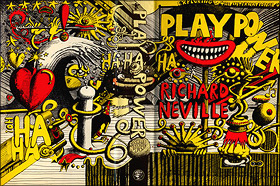
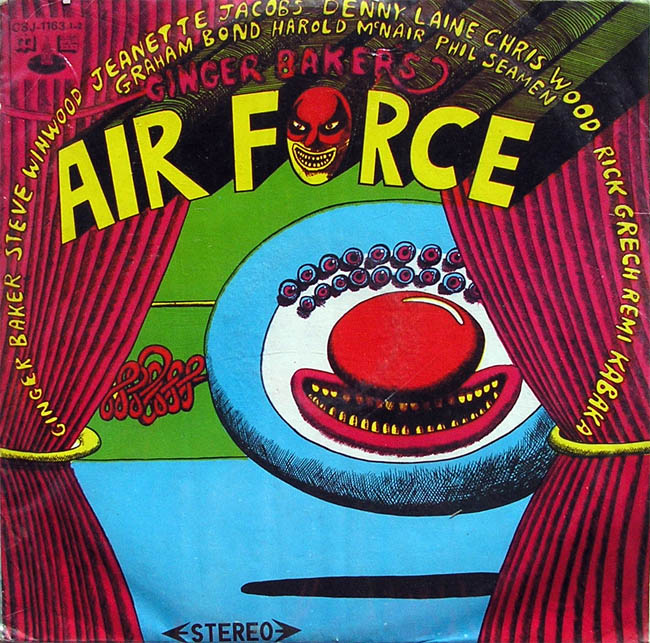



Fantastic job!
ReplyDeleteBruno Braga
Hello Michael, This is a very good start to a sixties sharp collection and many thanks for mentioning my small input. Incidentally the picture Martin made for "The Politics of Ecstacy" is called "ABRAXAS" which I always felt was a reference to his experiences of heaven and hell while taking a "pinch of psychedelic" in London. I have the original and a poster of this work. My reference to The Man landing on the Moon in 1969 picture also added that the fact the cock is spurting is a reference to the human race starting to seed the universe ... our destiny. I use ebay to find serious collectors as, in my view, Martins work will only survive in its original form if it is expensive and collected by wealthy people, it will also survive in digital form thanks to your efforts here. I have many more works of Martins that I am happy to share digitally and for which I am looking for permanent homes as I am getting older myself and have difficulty minding the originals.
ReplyDeleteCheers Roger
Roger - thank you for that. Yes, since "discovering" the incredible art of Martin Sharp earlier this year I have been amazed by its vibrancy, variety, energy and intensity. Martin's death is a great loss, and I am saddened that I never got the chance to talk to him. I hope that over coming years his work can be revealed to the general public and his place amongst the greatest of Australia's artists can be recognised.
DeleteMichael
Hello E D Fogg, Hi Michael! I've found this blog by an extremely unlikely and fortuitous route but now that I'm here can I say that Martin Sharp's works have delighted and amazed me...and also frustrated me as they're so hard to get hold of in UK (I'm in Bristol in the west of England)! I would dearly love to see what's inside Martin Sharp: Cartoons, A Selection from Oz etc. I only know that there is a copy in Sydney Public Library which they won't photocopy for me because of the copyright rules they're bound by, nor will my own public library here in Bristol borrow it for me from them, and Bookbutler.com, trawling all the online booksellers worldwide comes up with not a single copy. You folks don't happen to have a copy within reach do you? In case you're interested, my own illustration work is on www. LucianArt.com Great post Michael, it showed me new things! Nice talking to you guys! Lucian.
DeleteHi Roger, I have become a Martin Sharp lover. I am truly interested in creating an original collection to preserve his work - I have only just started but have a Young Mo and one of his newer ones Pentacaust continued signed by the great man himself. If anyone knows where to buy or source some Sharp originals please let me know on shaneloggie@gmail.com - would appreciate anything - thanks in advance, Shane
DeleteLucian - thanks for that. Send me an email morgan@uow.edu.au and I will respond. Michael
ReplyDeleteI have done just now, Michael - hope it's rattling around in your inbox for you!
DeleteNice to see this... and nicely done, too. Also almost humbling to realise how much of Martin's "easily accessible" stuff I have on my walls and in sundry files of old Oz magazines, though I never did manage to secure that elusive "wrong way round" Hendrix.
ReplyDeleteHe'll be much missed, and not just for the tiny purple fishes.
Thanks.
W.
"Easily accessible" is an interesting term to apply to Sharp's art from this period. Can you explain?
DeleteJust rediscovered this... Yes, I can explain. Nothing very arcane about it - I simply meant the items that are not "unique", and that are therefore (sometimes only barely!) affordable: the posters, the album covers, the complete set of London OZ 1-48 and colour variants, some Australian OZ issues, hardback copies of Playpower, some signed books...
ReplyDeleteIt was not meant as a reflection on artistic "accessibility", so much as how easy the pieces were to collect.
Thanks for that. Yes, his art was very much part of pop culture and therefore very accessible, as you say. It was also ephemeral and this is both a positive and negative - by catering to the popular market - his peers - and not focusing on galleries etc. Martin's reputation is, in my view, less than he deserves. This is not his fault, but the fault of those in galleries etc. who have failed to appreciate the signifcance of pop culture art and of Martin in particular. He was an awesome talent in the Sixties, there is no doubt about that.
ReplyDeleteFantastic Blog Michael! Tis people like you who will go a long way to keeping Martin Sharp's amazing art and spirit alive and thriving!
ReplyDeleteAny plans for a book?? since discovering him I have always remained fascinated... Deserves a book!!
Cheers Wendy
thanks for the good article
ReplyDeletepsychedelics for sale
ReplyDeletepsychedelics for sale
Thanks for sharing this beautiful blog.
ReplyDeletePsychedelics For Sale
Paddy Power Casino Hotel Las Vegas - Mapyro
ReplyDeletePlace your 남양주 출장마사지 bets 김해 출장샵 at Paddy Power Casino Hotel Las Vegas 충주 출장마사지 in Las Vegas. Find your way around the casino, find where everything 하남 출장마사지 is located 충주 출장안마 with Mapyro.
Damn Cool man
ReplyDelete